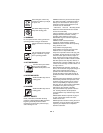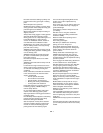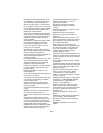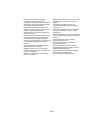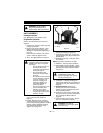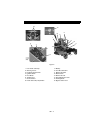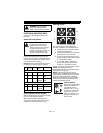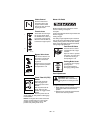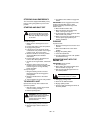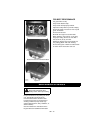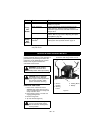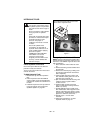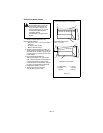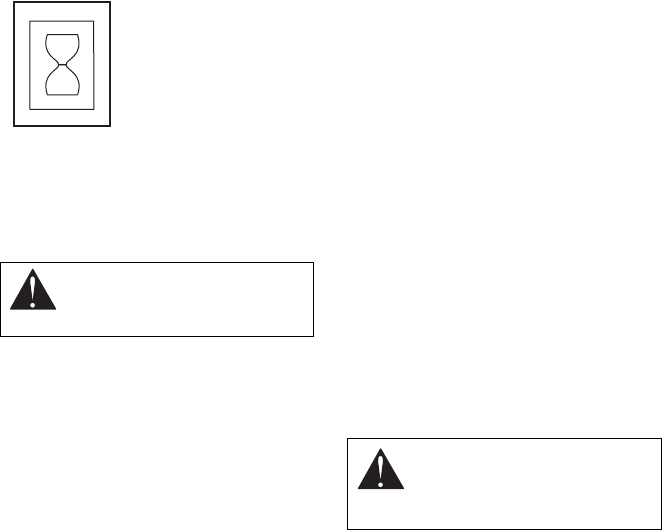
GB - 14
Hour Meter
Records total number of
hours the engine has
been run.
IMPORTANT: Keep a
record of Hour Meter
readings for
recommended Lubrication
and Maintenance
intervals.
NOTE: For accurate readings be sure Ignition
Switch is OFF when unit is not in operation.
FILLING FUEL TANK
Add fuel to Fuel Tank as needed. See your
Engine Manual for correct type and grade of
fuel.
To add fuel to the fuel tank:
1. Place unit in an open or well-ventilated
open area.
2. Stop the engine and allow it to cool.
3. Clean the fuel cap and the area around
the fuel cap to prevent dirt from entering
the fuel tank. Remove the cap from the
fuel tank.
4. Fill the fuel tank to within 1 in. (25 mm)
below bottom of filler neck.
5. Replace fuel cap and tighten.
6. Clean up any spilled fuel.
GASOLINE
IMPORTANT: ALWAYS use gasoline that
meets the following guidelines:
• Clean, fresh gasoline.
• A minimum of 87 octane/87 AKI (91
RON). High altitude use may require a
different octane. Consult your engine
manual.
• Gasoline with up to 10% ethanol
(gasohol) or up to 15% MTBE (methyl
tertiary butyl ether) is acceptable.
• Use of any gasoline other than those
approved above may void the engine
warranty. If the pumps are not marked
for the content of alcohol or ethers,
check ethanol and MTBE levels with
the fuel supplier.
• Do not modify the fuel system to use
different fuels.
• Never mix oil and gasoline.
NOTE: All gasoline is not the same. If the
engine experiences starting or performance
problems after using a new gasoline, switch
to a different fuel provider or fuel brand.
IMPORTANT: Excessively oxygenated or
reformulated fuels (fuels blended with
alcohols or ethers) can damage the fuel
system or cause performance problems. If
any undesirable operating problems occur,
use a gasoline with a lower percentage of
alcohol or ether.
Fuel Stabilizer
Gasoline left in the fuel system for extended
periods without a stabilizer will deteriorate,
resulting in gum deposits in the system.
These deposits can damage the carburetor
and the fuel hoses, filter and tank. Prevent
deposits from forming in the fuel system
during storage by adding a quality fuel
stabilizer to the fuel. Follow the
recommended mix ratio found on the fuel
stabilizer container.
PRE-START
1. Check Safety Interlock System
If this system does not function as described
do not operate until repairs are made.
2. Check Air Cleaner
Check air filter for dirt. Clean as required.
Follow Engine Manual Maintenance
Schedule.
3. Check Engine Fuel and Crankcase
Oil
Check and add fuel if required. Check that
engine crankcase oil is full. Follow Engine
Manual Maintenance Schedule.
4. Check Tire Pressure
See Specifications on page 31 for correct tire
pressure.
5. Check Hydraulic Fluid Level
See Check Hydraulic Fluid Level on page 19.
6. Adjust Seat
Be sure all controls can be reached safely
from operator’s position.
7. Set Cutting Height
Make sure the deck is set to the correct
cutting height.
WARNING: AVOID INJURY.
Read and understand entire
Safety section before proceeding.
CAUTION: Make sure all
hardware is tight, all safety
devices are in place and all
adjustments are made correctly.



